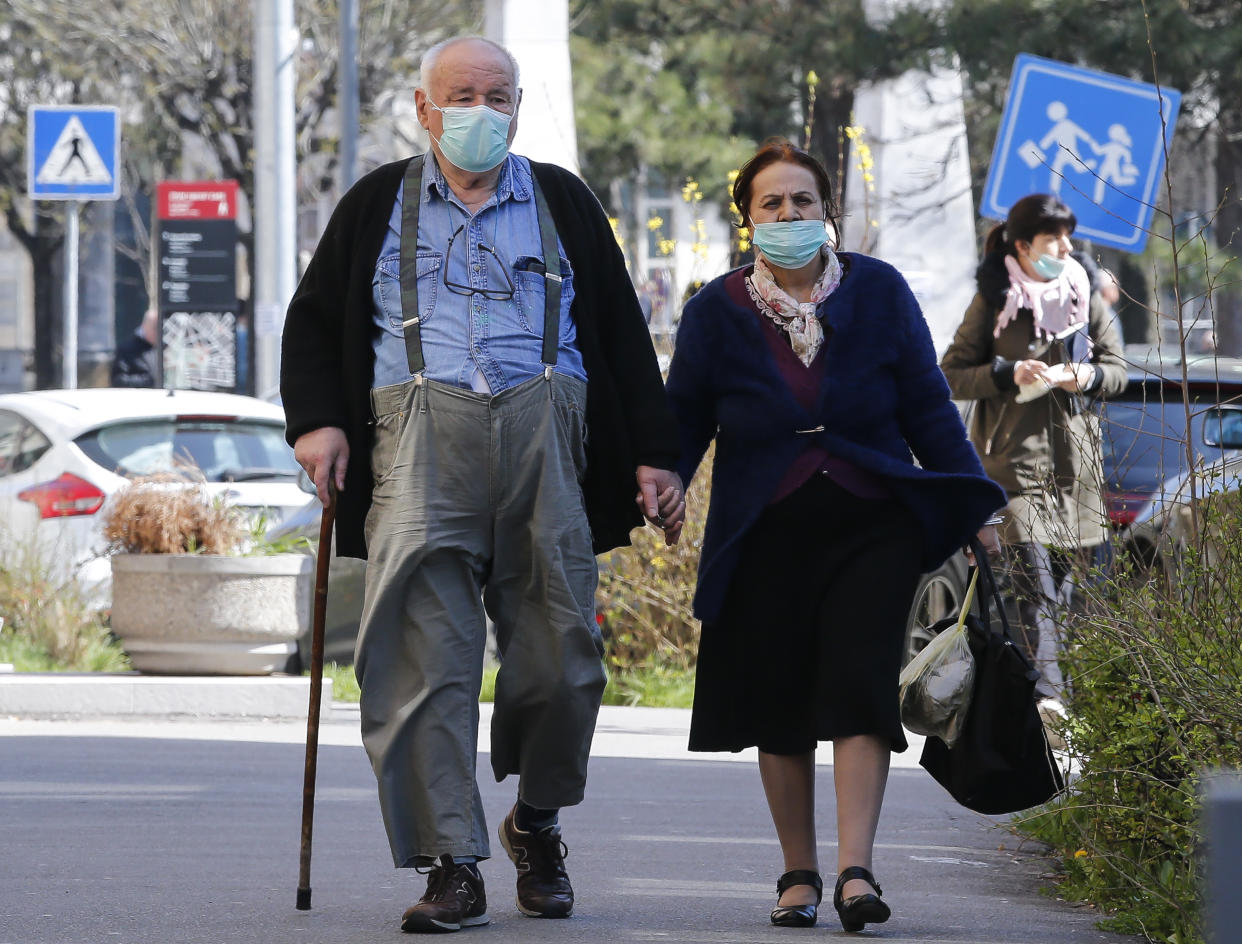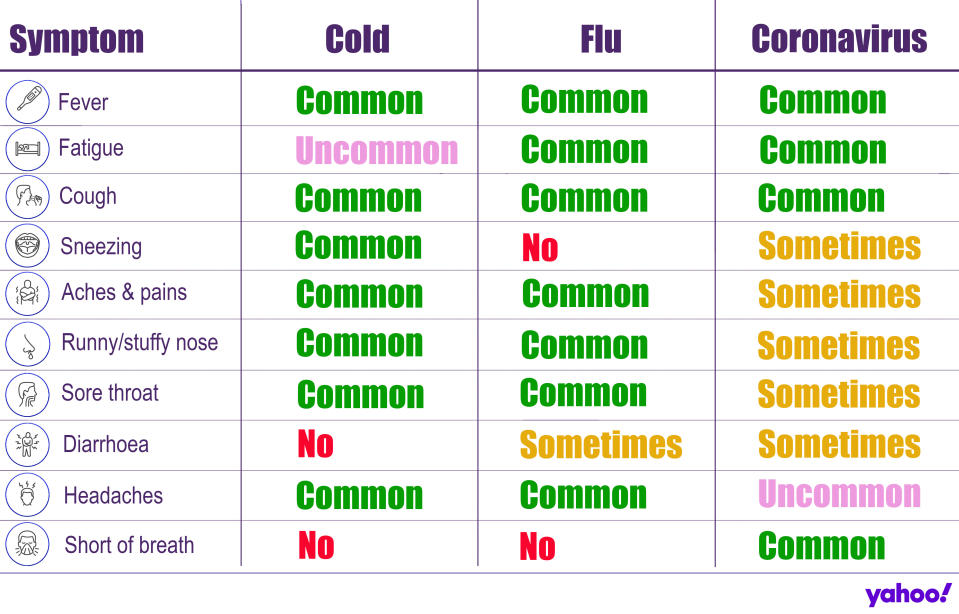Who are the at-risk groups for coronavirus?

The coronavirus is making headlines all over the world, with entire countries on “lockdown”.
Virtually unheard of at the start of the year, the COVID-19 strain is thought to have emerged at a seafood and live animal market in the Chinese city Wuhan at the end of 2019.
No one has immunity to this previously-unknown strain, leaving us all at risk of infection.
Early research suggests four out of five cases are mild, with a relatively small proportion of patients developing pneumonia.
Some are more at-risk than others, however, with the elderly and already-ill in the UK expected to be told to self-isolate entirely for up to four months.
Latest coronavirus news, updates and advice
Live: Follow all the latest updates from the UK and around the world
Fact-checker: The number of Covid-19 cases in your local area
Explained: Symptoms, latest advice and how it compares to the flu

The coronavirus has spread well beyond China, crossing national borders into more than 150 countries across every inhabited continent.
Since the outbreak began, more than 205,000 cases have been confirmed worldwide, according to John Hopkins University data.
Of these patients, over 82,000 have “recovered”.
Cases in China have been plateauing since the end of February, with Europe now the epicentre of the outbreak.
Italy alone has had more than 31,500 confirmed cases and over 2,000 deaths.
The UK has reported more than 2,600 patients, of whom 104 have died.
Globally, the death toll has exceeded 8,200.
Why may the elderly and already-ill have to self-isolate against the coronavirus?
The vast majority of coronavirus-related deaths are occurring in elderly or already-ill patients.
In a bid to protect these vulnerable individuals, the UK’s health secretary Matt Hancock told Sky News it is in the government’s “action plan” for them to “shield themselves by self-isolating”.
Hancock admitted it is a “big ask”, adding “it's for their own self-protection”.
Scientists from the Chinese Center for Disease Control and Prevention previously published information on the 44,672 confirmed cases as of 11 February.
Results suggested the highest fatality rate was in those aged 80 or over, where 14.8% did not recover.
In patients up to 39, the death rate was 0.2%.
No fatalities were reported in children up to nine years old.
While children are just as likely to become infected, they do not appear to be falling seriously ill.
This is one of the reasons Boris Johnson is yet to shut schools in England, despite Wales and Scotland announcing closures.
A human’s immune system is thought to become less “sharp” with age.
“The reason for this is multifactorial,” Professor Janet Lord from the University of Birmingham previously said.
“Part of it is exaggerated inflammation caused by the response of the immune system and also the aged lung which is less resilient to damage induced by infections.”
The coronavirus has no vaccine or “set” treatment.
Patients requiring hospitalisation are given “supportive care”, like ventilation, while their immune system works to fight off the virus.
For the most part, experts agree self-isolation among the elderly is “sensible”, but worry about the psychological impact of spending so much time alone.
Elderly people aside, asthmatics are thought to be more at risk of coronavirus complications due to respiratory infections in general setting off their symptoms.
Previous lung damage and weakness to the lung tissue may also raise the risk of pneumonia.
When it comes to diabetics, the risk likely depends on how well managed their blood-sugar levels are.
“In general, people with diabetes are more likely to experience severe symptoms and complications when infected with a virus,” according to the American Diabetes Association.
“Viral infections can increase inflammation, or internal swelling, in people with diabetes”.
This may suppress the immune system, leaving it less able to fight off infections.
“When sick with a viral infection, people with diabetes do face an increased risk of diabetic ketoacidosis,” the American Diabetes Association adds.
This occurs when the body starts to run out of the glucose-lowering hormone insulin, causing dangerous levels of substances called ketones to build-up in the body.
The British Heart Foundation has also warned people with cardiovascular conditions may also be more at risk.

What is the new coronavirus?
The new coronavirus is one of seven strains of a class of viruses that are known to infect humans.
Others include the common cold and severe acute respiratory syndrome (Sars).
While most cases are mild, pneumonia can come about if the infection spreads to the air sacs in the lungs, causing them to become inflamed and filled with fluid or pus.
The lungs then struggle to draw in air, resulting in reduced oxygen in the bloodstream and a build-up of carbon dioxide.
The coronavirus has no “set” treatment, with most patients’ immune systems fighting off the virus naturally.
In severe cases, hospitalisation may be required if a patient needs “supportive care”.
This may include ventilation while their immune system gets to work.
Hand washing and social distancing are thought to be the best ways to ward off infection.



